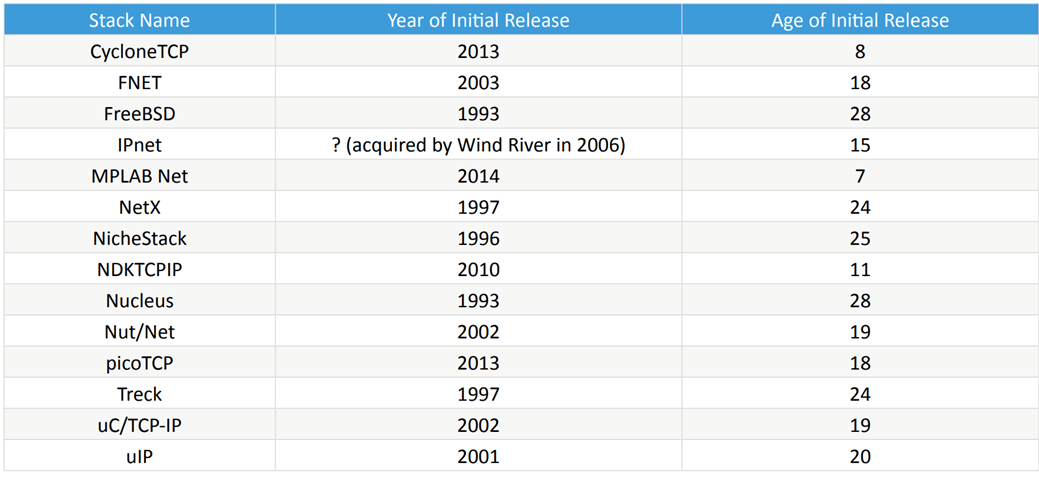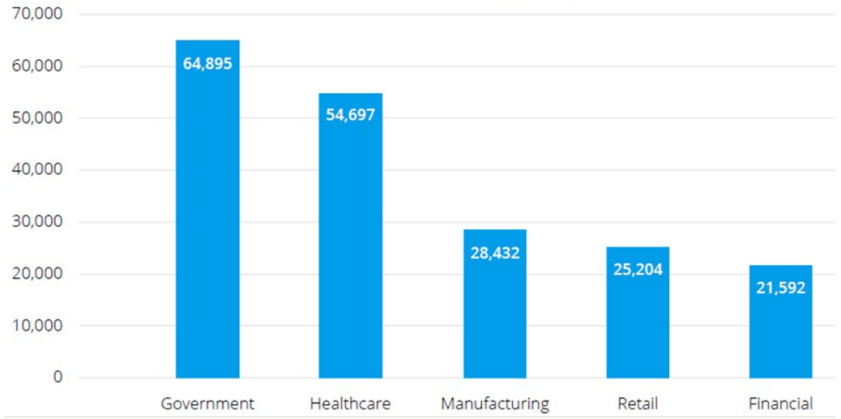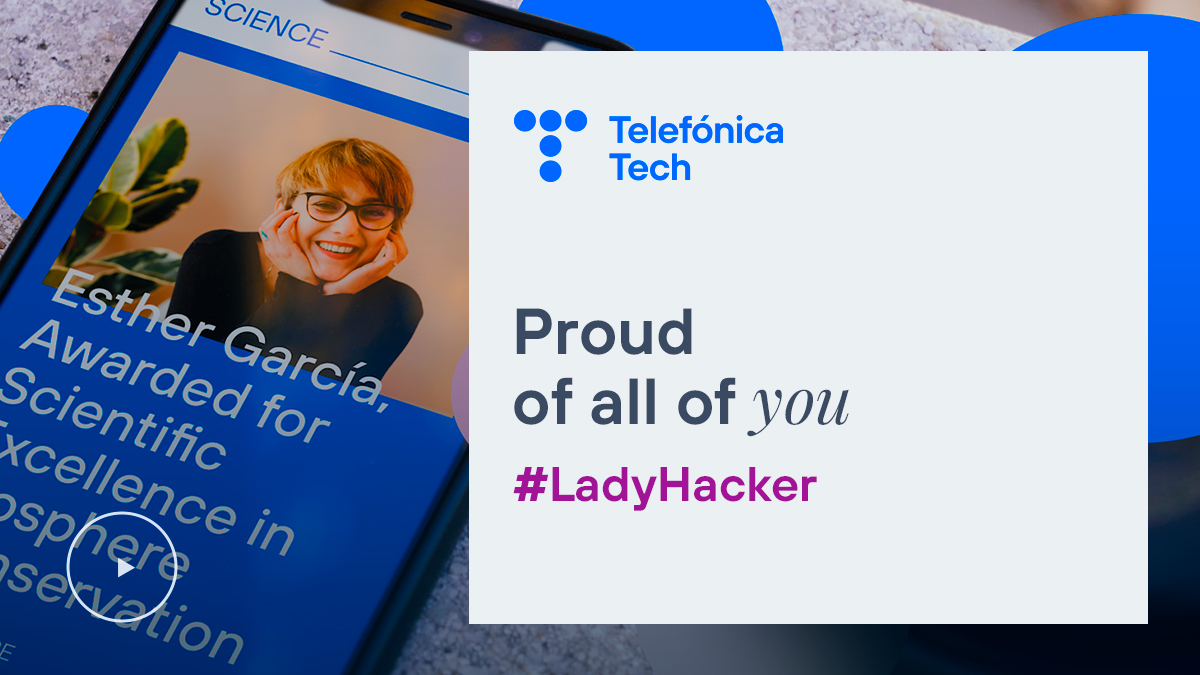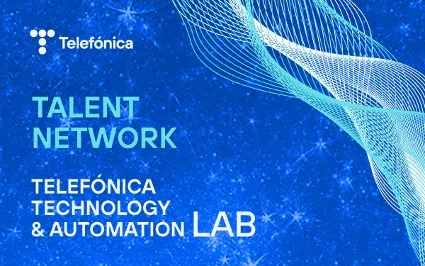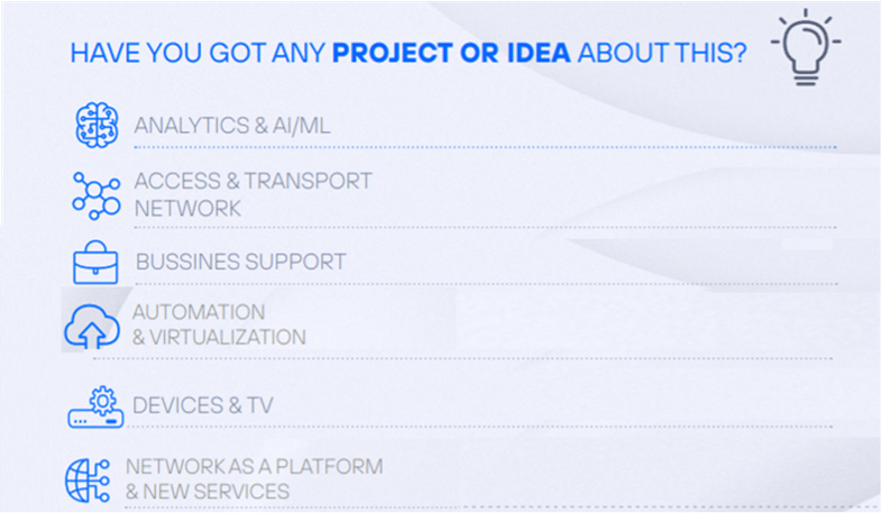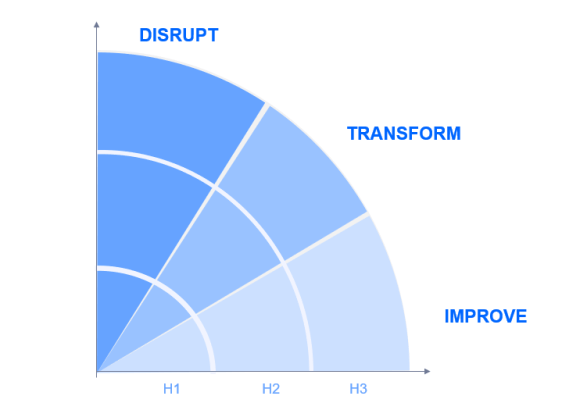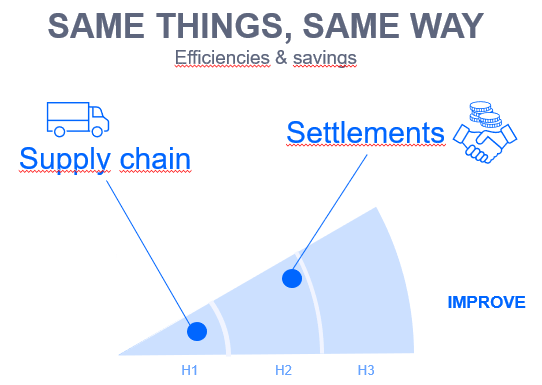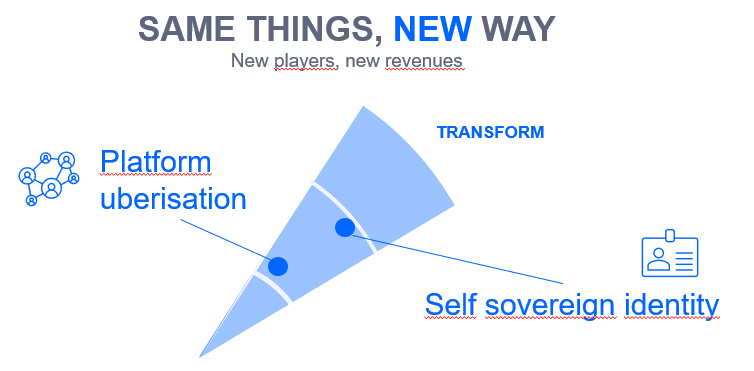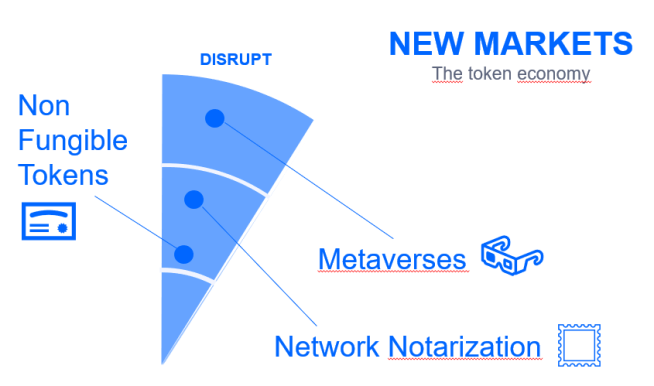There is no doubt that the hybrid model in which face-to-face and remote work is shared is here to stay in companies all over the world, including SMEs. To successfully make the leap to a work model that combines face-to-face and remote work, it is necessary, on the one hand, to change the management model of companies with a management that is committed to this model, increasing trust in the worker, favouring collaboration between departments and eliminating isolated work teams. But of course, it is also essential that workers have mobile devices and suitable hardware and that companies provide them with the appropriate technological tools to facilitate this hybrid work model, in which face-to-face and remote work coexist.
Cloud, to the rescue of companies
How can technology, and in particular cloud solutions, help to improve business productivity and encourage remote working? Because buying applications and devices on a whim is not the solution. Today’s businesses are faced with increasingly complex communications environments and a wide variety of communication methods. Employees, partners, suppliers and customers communicate with each other through endless combinations of fixed terminals, mobile phones, voice calls, email, chat and more. However, these tools are often not used as effectively as they should be, resulting in information overload, device overload, lack of agility and misdirected communications that slow down processes and reduce productivity rather than improve it.
So possibly the technologies that have the greatest impact on improving productivity and making remote working easier for companies of all sectors and sizes, both SMEs and corporations, are unified communications services, collaboration tools and mobile workforce solutions. Indeed, cloud computing plays a key role in the development of all of these:
- Unified communications services serve to bring together mobile, voice, video and data applications, allowing users to connect to them anytime, anywhere and on any device or operating system via the internet. The concept of unified communications does not refer to a single product, but to a solution that encompasses elements such as email, voice and video messaging, telephony or presence status. These tools have a unified, easy-to-use interface across multiple devices, facilitating both real-time teamwork and enabling teams of people in different locations to work in a unified environment in the same way as if they were all in the same office. This helps control costs and increases productivity and competitiveness.
- On the other hand, collaboration tools include file sharing, remote and simultaneous file editing, virtual meeting organisation and corporate social network integration. This makes it easier for team members to share knowledge among themselves, resolve doubts or work in real time on the same files, thus avoiding having to handle different versions of the same files. In short, it facilitates innovation and saves time.
- Both of the above groups of services incorporate the notion of mobile employees, i.e., employees who may not necessarily work from the office. However, there is no doubt that opening up the range of possibilities for accessing company information brings with it security issues that need to be managed. It is therefore necessary to implement solutions such as establishing identity management in the cloud to enable authentication across all devices and applications and create a single sign-on so that employees can access resources from any device while working remotely. It is also highly recommended to have multi-factor authentication (MFA) so that employees must use a second security factor such as biometrics or authentication applications on mobile devices to access their corporate applications.
The benefits of implementing teleworking are clear: more possibilities of reconciliation for employees, more flexible working hours, cost savings, improved productivity for the company, reduced absenteeism, the possibility of hiring better candidates… but to implement it successfully it is not enough for the company to acquire the appropriate technological tools, but it is also necessary that the company’s management is committed to this change in the working model, giving confidence to workers, providing them with the necessary training in new technologies and guaranteeing their right to disconnect even if they work from home. The benefits of teleworking make it worth the effort.




